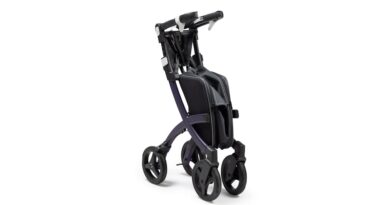Designing Accessible Retail Spaces
Did you know that nearly 1 in 5 people in the U.S. have a disability? This number shows why making retail spaces accessible is crucial. An accessible store is not just about following the law. It opens doors to all customers. Lets explore how to design retail spaces that everyone can enjoy.
Why Is Accessibility Important?
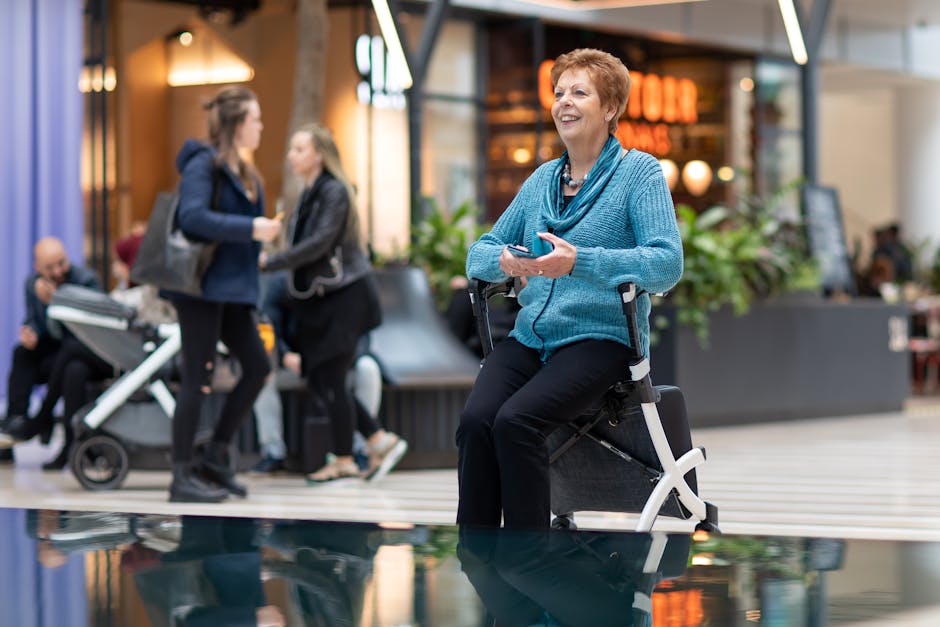
Accessibility matters for several reasons. First, it helps people with disabilities shop comfortably. When stores remove barriers, they create a welcoming environment. This can boost sales and customer loyalty.
According to the World Health Organization, over 1 billion people experience some form of disability. This group represents a significant market. Ignoring their needs can mean missing out on potential customers.
What Makes a Store Accessible?
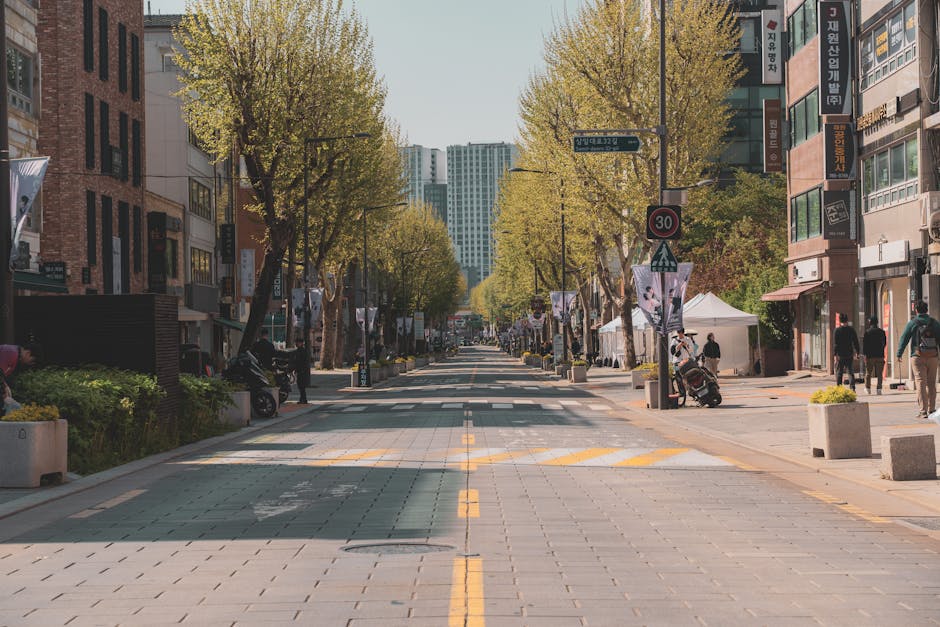
Accessibility can mean different things depending on the space. Here are some key areas to focus on:
- Entrances: Ensure that entrances are wide enough and have no steps.
- Paths: Create clear paths that are free of obstacles.
- Restrooms: Offer accessible restrooms that meet ADA standards.
- Product Displays: Arrange products so everyone can reach them.
- Signage: Use clear signs with large print and braille.
By focusing on these elements, retailers can create a space that welcomes everyone.
How Can You Design Accessible Entrances?
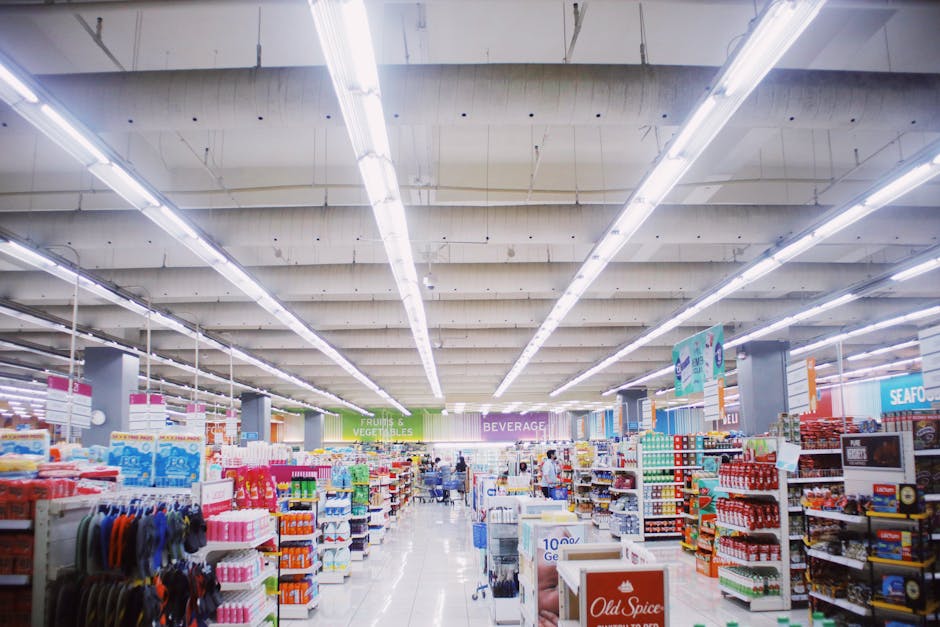
The entrance is the first thing customers see. It should be inviting and easy to navigate. Here are some tips for designing accessible entrances:
- Wide Doors: Doors should be at least 36 inches wide. This allows wheelchairs and strollers to pass through easily.
- Automatic Doors: Consider installing automatic openers for hands-free access.
- Ramps: If there are steps, add ramps with a gentle slope. This helps those with mobility issues.
These simple changes can make a big difference.
What About Interior Layout?
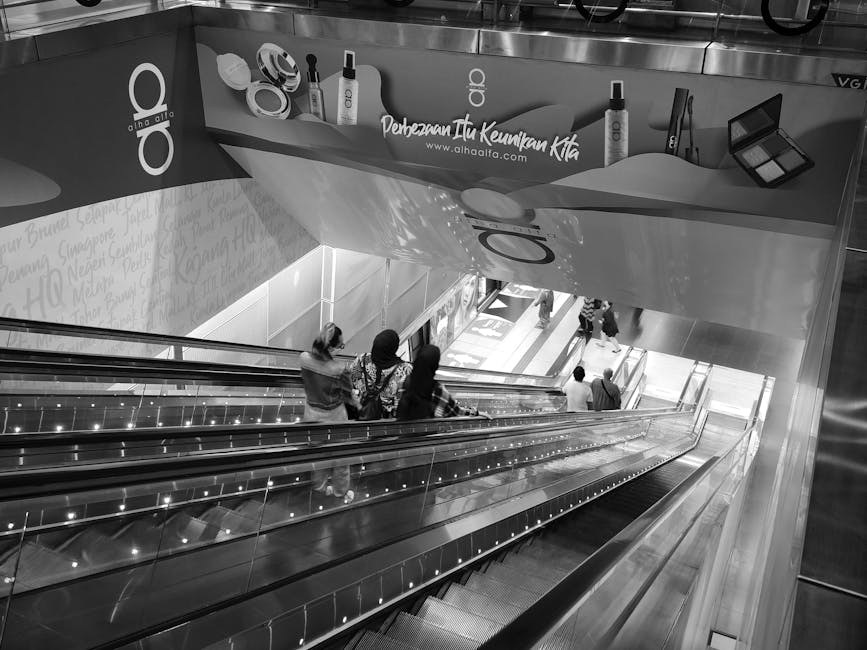
The layout of your store is just as important as the entrance. A well-thought-out interior can enhance the shopping experience for everyone. Here are some design tips:
- Clear Pathways: Ensure aisles are at least 36 inches wide. This allows easy movement around the store.
- Furniture Placement: Arrange furniture to avoid crowding pathways. Consider traffic flow as you design.
- Accessible Checkout: Design checkout counters that are at a lower height for easy access.
By planning the interior wisely, you create a more enjoyable shopping environment.
How Can You Improve Signage for Accessibility?
Signage is key to helping customers navigate your store. Heres how to make your signs accessible:
- Large Print: Use easy-to-read fonts in large sizes. This helps those with visual impairments.
- Contrasting Colors: Use high-contrast colors for better visibility.
- Braille Signs: Include braille on important signs for those who are blind.
Good signage can guide everyone smoothly through your store.
What Are the Benefits of Accessible Restrooms?
Restrooms are often overlooked but play a vital role in accessibility. Heres why they matter:
- Compliance: Accessible restrooms meet legal standards. This can help avoid fines.
- Comfort: A clean, accessible restroom provides comfort for all customers.
- Family-Friendly: Accessible restrooms benefit families with young children or those assisting elderly parents.
Investing in accessible restrooms is not just good practice; it’s smart business.
How Do Product Displays Impact Accessibility?
Product displays should be easy to reach and see. Here are some ideas for creating accessible displays:
- Height: Keep frequently purchased items at waist height for easy access.
- Open Shelving: Use open shelving to allow visibility and reach for all customers.
- Interactive Displays: Consider touch screens that can be adjusted for height.
When everyone can easily access products, sales can increase.
How Can Staff Be Trained on Accessibility?
Creating an accessible retail space goes beyond design. Your staff plays a critical role. Heres how to train them:
- Awareness: Teach staff about different disabilities and how to assist customers.
- Communication: Encourage clear and respectful communication with all customers.
- Problem-Solving: Equip staff with tools to solve accessibility-related issues quickly.
With proper training, staff can provide excellent service to everyone.
What Are Common Misconceptions About Accessibility?
Many people have misconceptions about accessibility. Lets clear up a few:
- it’s Just a Legal Requirement: While laws exist, accessibility should be about inclusion and respect.
- it’s Too Expensive: Many accessible design changes are simple and cost-effective.
- It Only Matters for People with Disabilities: An accessible space benefits everyone, including parents with strollers and elderly customers.
Understanding these misconceptions helps retailers embrace the importance of accessibility.
What Are Some Actionable Takeaways?
To create an accessible retail space, consider these actionable steps:
- Evaluate your current layout for accessibility issues.
- Consult with experts in accessible design.
- Involve customers with disabilities in the design process.
- Regularly update your training program for staff on accessibility.
Implementing these steps can lead to a more inclusive shopping experience.
Conclusion: The Future of Accessible Retail
Designing accessible retail spaces is not just the right thing to do; it’s also good business. By investing in accessibility, you welcome a diverse customer base. An inclusive environment encourages loyalty and boosts sales.
As we move forward, lets keep accessibility at the forefront of our designs. Everyone deserves a chance to shop with ease and comfort.
For more information on creating accessible environments, check out the ADA Guidelines.



